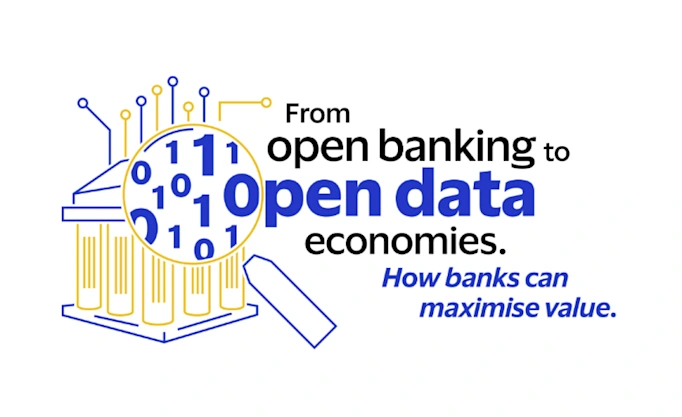How open banking risk assessments can impact consumers’ lives

It’s no secret that traditional credit checks don’t always work for everyone. Things happen, lives change, people move – but their financial records can’t always keep up. Using open banking to power risk assessments solves that, giving more people access to credit, and fairer results.
Using open banking in risk decisioning gives more people access to credit, and fairer results.
Because assessments are based on real-time financial data, consumers will get results based on their current situation – rather than historical records.
Open banking data also promotes inclusion, giving opportunities to those who might have previously been underserved.
The first obvious benefit open banking risk assessments can bring to consumers is a much better user experience. No complicated applications to fill, no days spent waiting anxiously for an answer. Since it’s based on financial data that’s pulled straight from people’s banks, it can be done with a few clicks – and provide instant results.
But that’s just scratching the surface. The more significant impact it makes is giving more people access to opportunities, and better opportunities at that.
Open banking does this by giving lenders or other financial service providers access to real-time financial information, and insights into spending and consumption habits – so they can assess risk more accurately, and in a way that’s more inclusive too.
A more inclusive approach to credit and lending
Many people are underserved or even completely excluded from credit products. It’s not because they have high risk profiles, but because they don’t have a long history of financial records in their country.
Those who are starting their first job straight out of university, for instance. Or people who move abroad to work. Traditional credit checks will be a lot tougher for them, even if they are very responsible with their spending, and live well within their means.
An open banking data removes this bureaucratic barrier. No records of tax returns in this country, or no historical credit data? No problem. A study from Younited and BCG found that credit approval rates are systematically higher when open banking is used in credit decisioning, particularly for younger and lower-income groups.
And, as a consumer, you don’t need to go after special documentation or ship your financial records either. You can let your financial data do the talking, and your transaction history will vouch for you.
As a bonus, it will probably paint a much more comprehensive picture of your financial situation than you would get from traditional records.
Fairer results, with more affordable credit
Once the credit inclusion barrier is overcome, there’s something else everyone can benefit from: better deals.
People that don’t have an established credit history may also be unfairly bogged down by high interest rates. Once again, looking at someone’s current finances can lead to fairer results, since having reliable and more accurate assessments lets credit providers operate in a more sustainable way.
Credit decisions based on the here and now
In some cases, a small mistake like forgetting to pay a bill on time can impact someone’s credit rating for years. With traditional credit checks, people are often judged by their past, no matter how much their life has changed – for better or worse.
Because traditional credit checks are often based on years-old data, people who improve their financial situation over time get the short end of the stick when they want to apply for a credit product. And conversely, lenders may end up suffering when extending credit to someone whose finances have taken a recent downturn.
No one wants to be stuck in the past. Using real-time data keeps things grounded in the present situation while also delivering fast, straightforward experiences that consumers expect in this digital age.
Want to learn more? Check our guide to improving risk assessments with open banking.
More in Open banking

2024-07-22
1 min read
Commercialising open finance – a VCA report
Tink worked with Visa Consulting and Analytics on a new white paper which details the state of play, direction of travel, and best open finance practices from around the world.
Read more

2024-04-08
6 min read
How the Instant Payments Regulation will change the EU payments landscape
We explore the details of the Instant Payments Regulation, as well as its benefits for consumers and PSPs – such as increased convenience, more innovation in the market, and reduced costs.
Read more

2024-03-07
6 min read
Smart moves with smart meters: how commercial VRP could support pay-as-you-use billing models
Discover how variable recurring payments can transform smart meter billing into a more flexible user experience – and utility providers more ways to support financially vulnerable customers.
Read more
Get started with Tink
Contact our team to learn more about what we can help you build – or create an account to get started right away.
